Alternative coins – also known as altcoins – is a term describing all cryptocurrencies created following the launch of Bitcoin in 2009. After seeing the value of a decentralized, peer-to-peer system, it was a natural progression that others would try to recreate, improve and capitalize on the algorithm and concept behind Bitcoin. Today, there have been hundreds of altcoins created. Many of these Bitcoin alternatives will (or have already) fail to take hold; however, there are a few altcoins that have emerged as major players in the market space.
The most significant and revolutionary aspect of Bitcoin was its blockchain technology. The altcoins that have succeeded are those who have taken the blockchain concept and applied it to more diverse and challenging use-case scenarios.
This article will take you through the top altcoins and the unique features and characteristics for investors in cryptocurrency to consider.
To understand the foundation on which every altcoin is based, let’s have a closer look at Bitcoin.
Basic characteristics of Bitcoin (BTC) and Cryptocurrencies
- Decentralized digital currency: Bitcoin is a peer-to-peer electronic cash system, which operates independently of a central bank and is not linked to a government fiat currency.
- Limited supply: Traditional currency is subject to inflation. Government agencies control the supply and distribution of fiat currency and can simply create more at any time, thereby decreasing its value. Bitcoin has a cap of 21 million coins – there will never be any more created and it will never be devalued by inflation.
- Ease of set up: Opening a bank account requires jumping through a number of hoops created by banks or government bureaucracy. In contrast, a Bitcoin account can be set up in seconds without unnecessary identification, personal information, or fees payable.
- Anonymous: A Bitcoin account is largely anonymous. Users can hold multiple Bitcoin addresses that are not linked to name, address, or other personal information.
- Transparent: All Bitcoin transaction are stored on the blockchain, a public ledger visible to anyone. The Bitcoin addresses and transactions made are visible, however no one knows the individual to whom they belong.
- Extremely low: A traditional bank profits greatly from transaction fees and holding transactions before allowing them to go through. Conversely, Bitcoin has minimal transactional fees.
- Fast transfers: In just minutes, transactions can go from an individual wallet to anywhere in the world. As soon as the Bitcoin network processes a payment, money is transferred immediately.
These characteristics of Bitcoin are what make it unique and attractive to investors who do not want to be subject to the fees, regulations, and inflation of traditional currency. Every altcoin created operates largely on these same principals and expands on the features and scalability of cryptocurrency.
The most prominent altcoins that have taken hold in the market space are Bitcoin Cash (BCH), Ethereum (ETH), Ripple (XRP), and Litecoin (LTC).
Ethereum (ETH)
Vitalk Buterin outlined his plans for the Ethereum network in 2015. The basis for the network was that blockchain technology was capable of much more than transactions between two people. Ethereum features smart contract functionality, which is a custom blockchain designed to live in distributed networks.
The digital currency is called Ethereum (ETH) and as of 2017, it is considered the second most valuable form of digital currency. Ethereum features a powerful, high-level language, where developers can create and implement their own smart contracts on distributed autonomous networks. It is a standalone blockchain and Solidity revolutionized the world of blockchain and distributed letter technology, much the way Bitcoin did when it was created.
How Ethereum is different from Bitcoin?
At a first glimpse, Ethereum closely resembles Bitcoin; however, experts argue that its potential may be greater than Bitcoin, owing to its creation of “blocks” at a much faster rate. Ethereum advocates believe that Ether is more efficient for transactions and not for storing value.
As a consequence, the technology behind Ethereum supports computer applications, whereas bitcoin only supports the BTC currency on its network. Bitcoin makes trading BTC seamless, but Ethereum can also be used as a decentralized storage network – think of it like Dropbox with a twist. The potential of Ethereum is huge. Startups are already using the blockchain to build apps and raise money for start-ups with their ICOs.
Like Bitcoin, there are two coins in the Ethereum network: Ethereum (ETH) and Ethereum Classic (ETC).
Learn more about Bitcoin versus Ethereum here.
The buzz around the two Ethereums
In 2016, the DAO app built on the Ethereum blockchain, managed to collect about $150 million in a crowd sale. $50 million was stolen by hackers, triggering a riot among investors eager to build their companies on the Ethereum Classic blockchain. The money was never withdrawn by the hacker, because of the 25-day withdrawal conditions of Ethereum.
With the help of Ether miners, the Ethereum Classic organization set up a hard fork, changing the code and restoring the money to the original investors. However, not everyone agreed on the fork, which led to a split and the creation of Ethereum.
XRP / Ripple
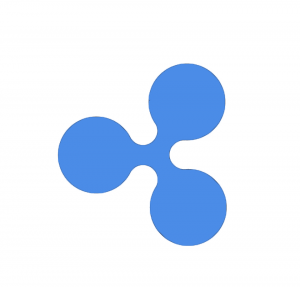
XRP is digital currency and Ripple is the open payment network within which that currency is transferred. It is a distributed open-source protocol which espouses the goal of creating a financial transaction system free of the restrictions, fees, and processing delays associated with traditional banks. Bitcoin is best described as a decentralized P2P network independent of any financial institution or government. Ripple, on the other hand, is a protocol structured to help and support the global financial system.
Major financial institutions and leading banks are already using Ripple to make cross-bank and cross-border transactions seamlessly and boosting security levels in real time.
Ripple’s chief cryptographer, David Schwartz, explains:
“Payment systems today are where email was in the early ‘80s. Every provider built their own system for their customers and if people used different systems they couldn’t easily interact with each other. Ripple is designed to connect different payment systems together.”
Ripple and its connection to the global financial system
Major companies like Santander, UniCredit and UBS use the Ripple protocol as a settlement infrastructure technology. From the point of view of a bank, Ripple is a distributed protocol system that features several core advantages over cryptocurrencies like Bitcoin.
The global financial system’s inefficient and outdated IT infrastructure means verifying a single transaction can take weeks; fees associated with most transactions range from $30 to $50. Also, transactions initiated through the SWIFT network can get lost, not to mention that confirmation must be done manually.
Ripple uses blockchain technology to streamline the process. Its token concept is meant to help simplify global banking. As a consequence, several banks around the world support Ripple’s strategy and vision to improve the system.
Litecoin (LTC)
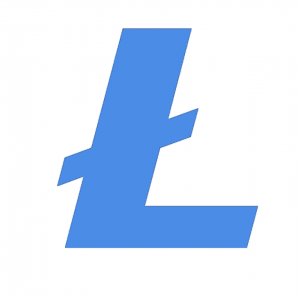
Litecoin is often described as the silver to Bitcoin’s gold. Launched in 2011 by a former Google employee, the motivation behind Litecoin was to speed up the process of blockchain transactions.
Bitcoin and Litecoin – the gold and silver of the crypto world
How different is Litecoin from Bitcoin? It all begins with block generation. As previously mentioned, generating a block with Bitcoin can take up to 10 minutes. Conversely, Litecoin can perform the same task in 2.5 minutes. Thanks to this faster block generation, Litecoin can handle a higher volume of transactions. For Bitcoin to match the speed and volume of Litecoin, significant changes would have to be made to the network.
The increased speed of block time also reduces the risk of double spending attacks – a theoretical scenario in which both Bitcoin and Litecoin have the same hashing power.
Another difference is the overall amount of produced coins. Bitcoin is capped at 21 million coins while Litecoin’s upper-bound is 84 million. More coins equals room for more investors.
Bitcoin Cash (BCH)
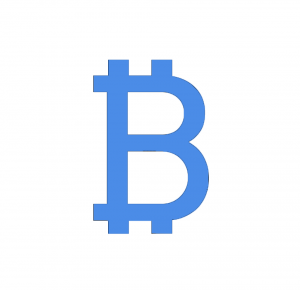
Since inception, the world has been debating Bitcoin’s scalability. The debate has centered around the slow movement of blockchain technology, which can only process 7 transactions/second. A single transaction may require a processing time of 10 minutes. As the network of users grows and more people trade bitcoins, the wait time increases. Bitcoin Cash was born out of a desire to make the cryptocurrency operate faster.
An overview
On August 1st this year, a hard fork initiative was put in place by Bitcoin miners, which created Bitcoin Cash (BCH).
In July, about 80% of the Bitcoin community pledged to include a technology called segregated witness (SegWit2x). Its purpose was to shrink the data amount needed to verify each block, removing signature data required for processing transactions. Signature data accounts for 65% of the data needed to process each block. The size of the blocks was supposed to double from 1mb to 2mb by November, thus making Bitcoin more scalable.
Things took an unexpected turn on August 1st, when the hard fork was initiated. Bitcoin miners implemented an astounding increase of 8mb to Bitcoin’s block size, speeding up the transactional verification process and taking down the initial SegWit2x technology. The argument for this action was that SegWit did not address the cryptocurrency’s main concern of scalability, nor did it adhere to the initial roadmap outlined Satoshi Nakamoto.
That’s how Bitcoin Cash was born. In simple terms, BCH is the fork between bitcoin blockchain and a scalable continuation of Bitcoin as a P2P digital currency.
Conclusion
Bitcoin is still king of the cryptocurrency mountain and toppling it from that position is extraordinarily unlikely. Despite the improvements that altcoins like Ethereum, XRP, and Litecoin have made, Bitcoin has widespread awareness and global adoption that other coins have yet to match.
However, altcoins provide a unique opportunity for investors to create a diverse cryptocurrency portfolio. At Bitcoin IRA, we offer the ability to roll over your funds and invest in Bitcoin and percentages of Ethereum, XRP, and Litecoin to mitigate risk and capitalize on growth potential. With our Bitcoin calculator, you can see the growth potential of your investment with Bitcoin IRA.
Get started.
[mk_mini_callout title=”Free Download” button_text=”Get the Ultimate Investor’s Guide to Bitcoin IRAs” button_url=”/resources/investor-guide”][/mk_mini_callout]
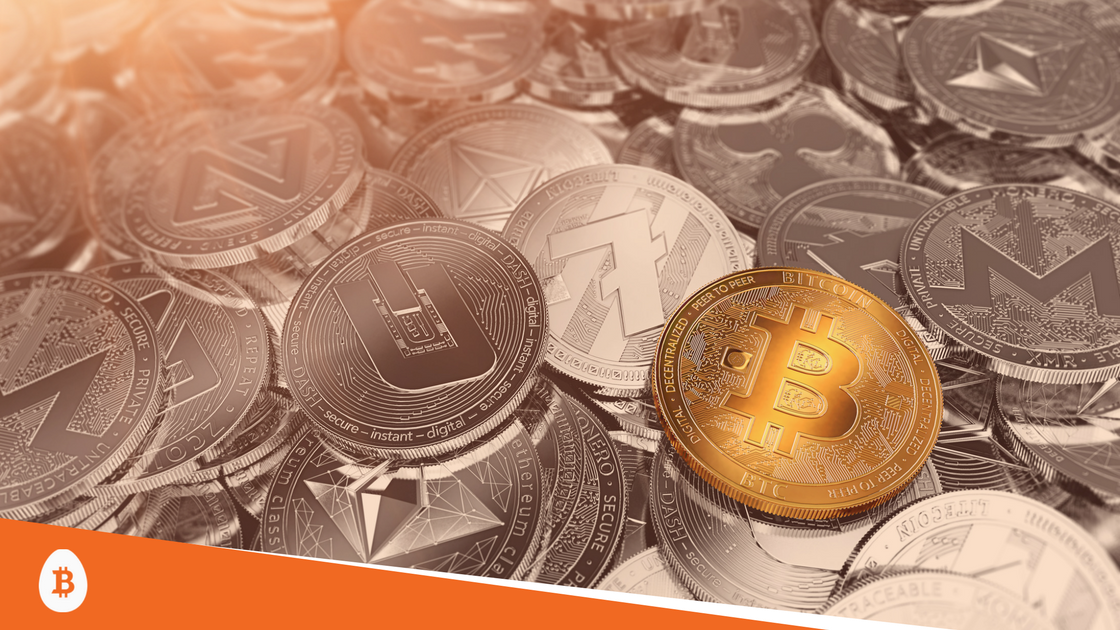



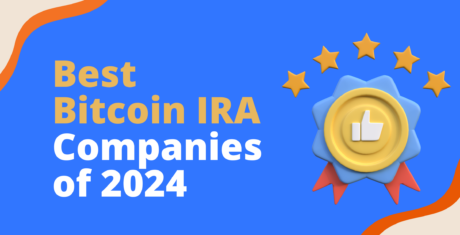
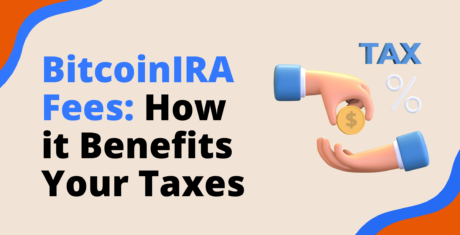


 3,500+ 5-Star Reviews
3,500+ 5-Star Reviews